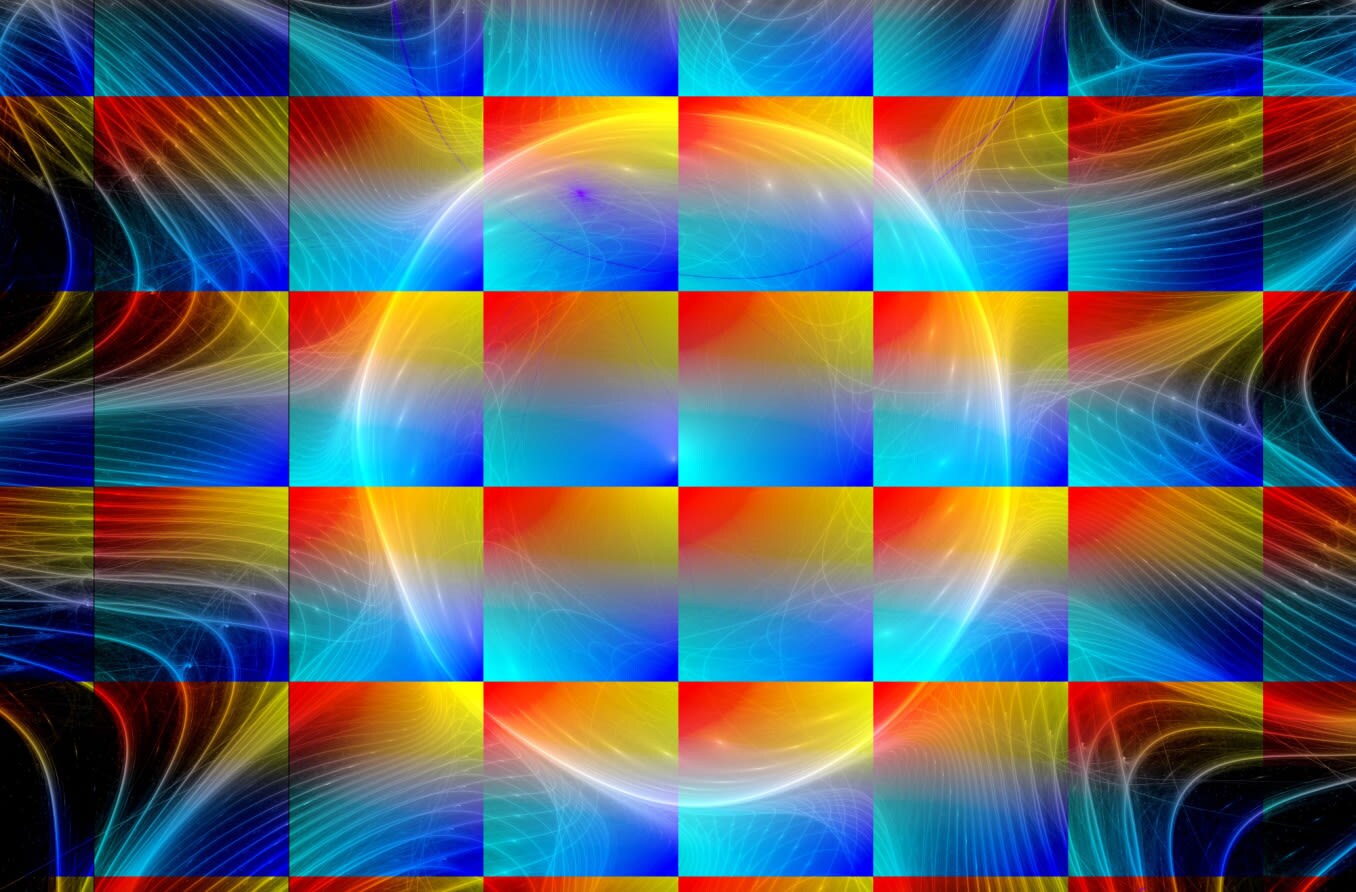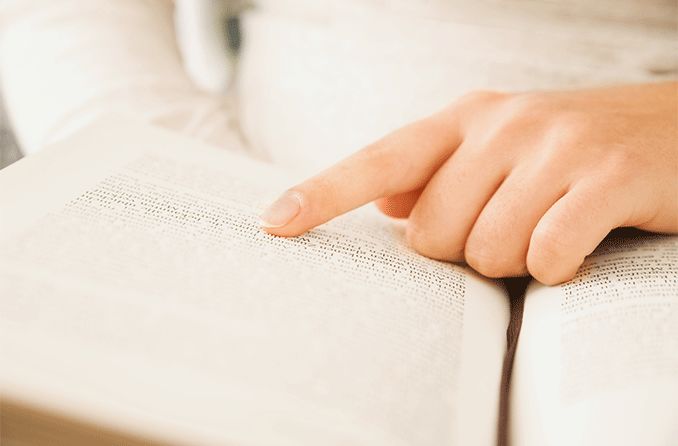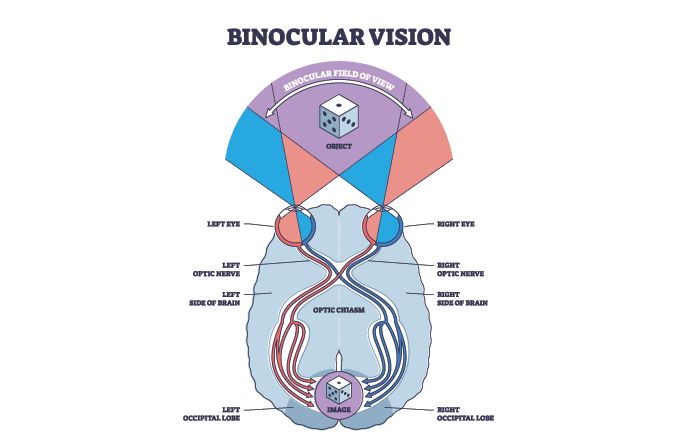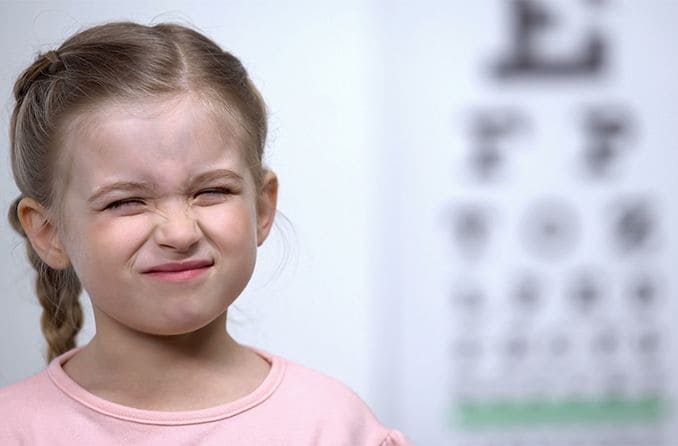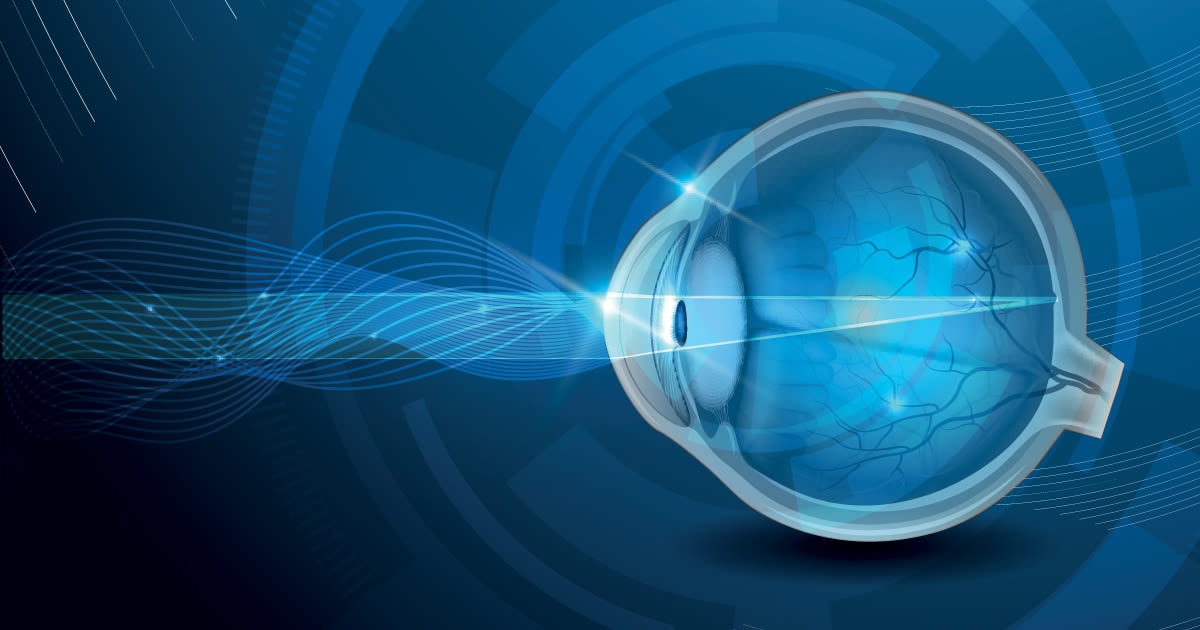What is depth perception?
Depth perception allows us to see the world in three dimensions and to judge the distance and movement between objects and ourselves. Light rays enter the pupil and land on the retina, forming two-dimensional images. The brain processes these images and interprets them as a three-dimensional representation of the world around us.
When we look around, our eyes gather information on the size, location, brightness, clarity and movement of the objects around us. The optic nerve sends this visual information to the brain.
The brain perceives three main types of visual signals, called depth cues, to create a three-dimensional image:
Binocular – Depth cue from both eyes.
Monocular – Depth cue from one eye.
Oculomotor – Depth cue from focusing on an object.
READ MORE: How does the brain control eyesight?
What are the binocular cues for depth perception?
Our brain calculates depth from all the available cues the eyes receive from our environment. Clear binocular vision is an important cue for the brain to calculate the distance and movement of objects around us.
Disparity
The fact that our eyes are set about 6 cm apart results in slightly different images in the left and right eyes. This difference is called “binocular disparity.” It is the most important binocular depth perception cue.
The brain combines the clear images from the left eye and right eye. It processes these two images as a single, three-dimensional image. This is called stereopsis.
Stereopsis requires that both eyes see clearly. Otherwise, monocular depth cues must be relied on.
Convergence
When you look at an object at a close distance, your eye muscles cause your eyes to angle inward. This is called convergence. The extra effort to turn the eyes inward provides the brain with a depth cue.
Convergence is a weak depth cue and is useful for objects up to 20 feet away.
READ MORE: Convergence insufficiency: Causes, symptoms and treatment
What are the monocular cues for depth perception?
Monocular cues do not provide depth cues that are as accurate as binocular disparity. But monocular cues are still important and helpful. If only one eye is sending depth cues to the brain, your vision becomes less three-dimensional. You will still be able to gauge depth, just less accurately.
Monocular motion parallax
How fast objects move across the retina provides a depth cue for the brain. If you move your head from side to side, an object close to you will move more quickly across the retina than an object farther from you. From this visual signal, the brain can calculate relative distances.
Texture gradient
When we can see fine detail on an object, the brain perceives that we must be close to the object to see it with clarity. As an object’s texture loses detail, the brain perceives that the object is farther away.
Linear perspective
When we look at straight parallel lines traveling into the horizon, they appear to meet. This is a visual cue for the brain. The brain perceives the area where the lines meet as farther away than the area where the lines are parallel. This is called linear perspective.
Retinal image size vs. actual size
The brain calculates the distance of an object by comparing its perceived size with its typical size. For example, if you see a house, the smaller the house appears to be, the farther away your brain determines it must be.
Relative size
Objects that are usually the same size will be judged as closer when larger, and farther when smaller. If you look at a scene with two people, one person may appear much larger than the other person. The person who looks very small is perceived to be farther away, not actually a few inches tall.
Occlusion
If there are two overlapping objects, the brain perceives the nearer object as the one that is entirely visible. The object which is partially covered from view (or occluded) is perceived as further away.
Aerial perspective
Distant objects are perceived to be hazy and bluish due to light scattering by the atmosphere.
Accommodation
Ciliary muscles inside the eye contract to help focus on a near object and relax to focus on a farther object. This is called accommodation. These muscle contractions provide feedback to the brain about object distance.
What are the oculomotor cues in depth perception?
Some eye muscles angle the eyes inward to focus. This is called convergence. Other eye muscles help the eyes to focus to see objects. This is called accommodation. These muscles provide depth cues to the brain.
Convergence (binocular) and accommodation (monocular) are oculomotor depth cues.
How do we use depth perception in everyday life?
Depth perception is a key aspect of our vision. Living without proper depth perception can be very challenging. Depth perception allows us to walk around without running into people and objects. It also allows us to drive, play sports and prepare meals safely. Binocular disparity is a very important depth cue in vision.
Some examples of how depth cues are used are:
Working in the kitchen – Accommodation and convergence are used to chop vegetables, boil spaghetti or pull cookies out of the oven.
Driving a car – Monocular motion parallax is used during driving. Closer vehicles appear to pass quickly, and farther vehicles appear to pass slowly.
Playing sports – Relative size, linear perspective and texture gradient are used when playing sports. We judge the distance of teammates and the ball using depth cues.
READ MORE: Sports vision skills you can practice at home
What issues do adults with poor depth perception experience?
Depth perception gives us information on our position relative to objects in our environment. Poor depth perception can lead to struggles with everyday tasks.
Adults with reduced depth perception may have difficulty with:
Judging the distance of other vehicles when driving, parking and stopping.
Walking on staircases and knowing where to step.
Cooking safely in the kitchen when chopping, using a stove or baking.
Playing sports and gauging the distance of the ball and other players.
What issues do children with poor depth perception experience?
Children can have uncorrected refractive errors or other conditions causing depth perception difficulties. Children should be tested by a doctor to rule out underlying conditions. The earlier a child can be treated for an issue that is causing depth perception problems, the more likely the treatment will be effective.
READ MORE: Vision problems of school-age children
Children with reduced depth perception may have difficulty with:
Pouring a drink into a glass.
Walking on stairs or uneven surfaces.
Playing sports and gauging the distance of the ball and other players.
Avoiding objects and people when moving around.
Reading for a longer period of time.
What are some causes of depth perception issues?
Difficulty with depth perception can be caused by improper functioning of the eye muscles. It can also be caused by uncorrected refractive errors or damage to the retina or optic nerve.
Conditions that may result in depth perception difficulties include:
Strabismus – A condition in which one or both eyes do not line up when looking at an object (the eyes are “crossed”). Since the eyes point in different directions, the brain cannot form a three-dimensional picture of the object.
Blurred vision – A condition often caused by myopia, hyperopia, astigmatism. Without clear depth cues from both eyes, the brain cannot produce a clear three-dimensional image with depth, or stereopsis.
Amblyopia – A condition in which vision in one eye develops abnormally in early childhood. It is also called "lazy eye." The weaker eye cannot provide the brain with a clear image, which is necessary for stereopsis.
Optic nerve issues – Conditions in which the optic nerve is damaged or inflamed. This will interfere with the brain’s ability to receive retinal images, resulting in poor depth perception.
Eye trauma – A condition in which there is damage to the eye muscles, retina or optic nerve due to injury. The injury can cause interference along the binocular and monocular depth cue pathways.
SEE RELATED: Alice in Wonderland syndrome
How can I test my depth perception?
Depth perception can only accurately be tested as part of a comprehensive eye exam at a doctor’s office.
To get a general idea of your depth perception, you can perform an initial at-home test by doing the following:
Place a circular object or image about one foot away.
Hold a finger about six inches from your eyes and focus on the finger. You should see two blurred images of the object on either side of your finger.
Now focus on the object. You should see blurred images of your finger on either side of the object.
If you struggle with this task, you may be experiencing some depth perception issues. It is best to see an eye doctor who can perform thorough and accurate depth perception testing.
What are some depth perception tests used by doctors?
The two main categories of depth perception tests are:
Randot Stereotest, Random-dot E, Lang Stereotest – These tests remove monocular depth cues. A pattern made of black and white dots is seen by each eye. The pattern in each eye combines to form a distinct, identifiable shape when both eyes see clearly and work together.
Titmus circles/Wirt fly Stereotest – These tests have images that will “pop” out if you have proper depth perception.
Are there treatments to improve depth perception?
Having depth perception problems can be frustrating and exhausting. Some treatments and aids that can help to improve your depth perception are:
Vision therapy – Therapy that addresses the issues causing reduced depth perception. This can be especially helpful for children.
Eye exercises – Eye movements such as looking at near and distant targets. Other exercises include moving the eyes in a circular motion.
Glasses or contact lenses – Lenses can sometimes be prescribed to improve depth perception.
Modifying your environment – Improving lighting and creating contrast in kitchens and stairs.
READ NEXT: Visual perception


